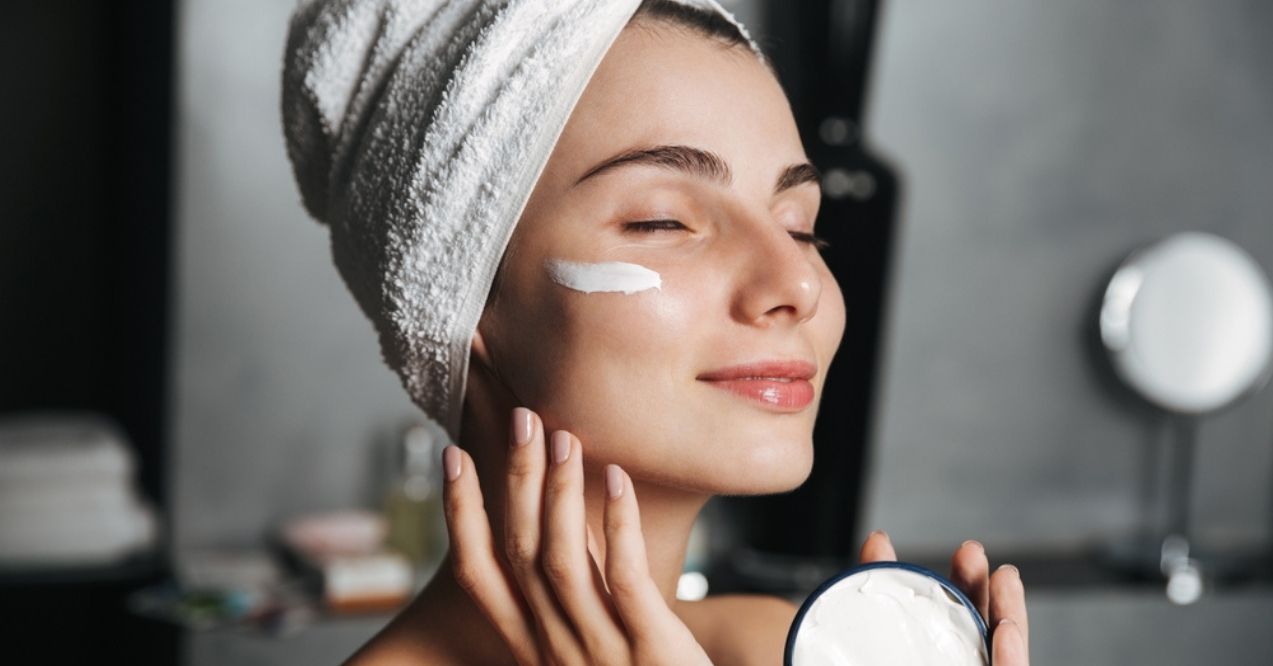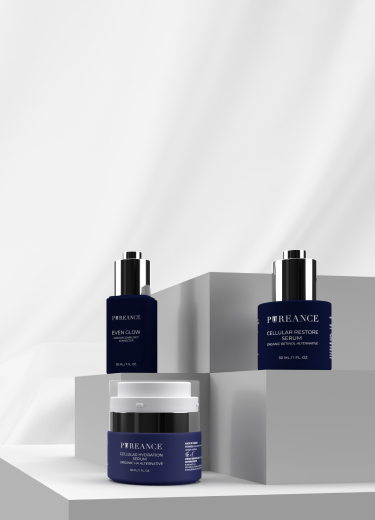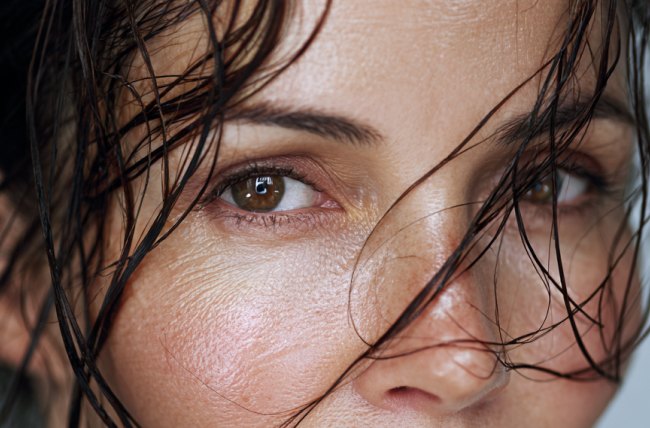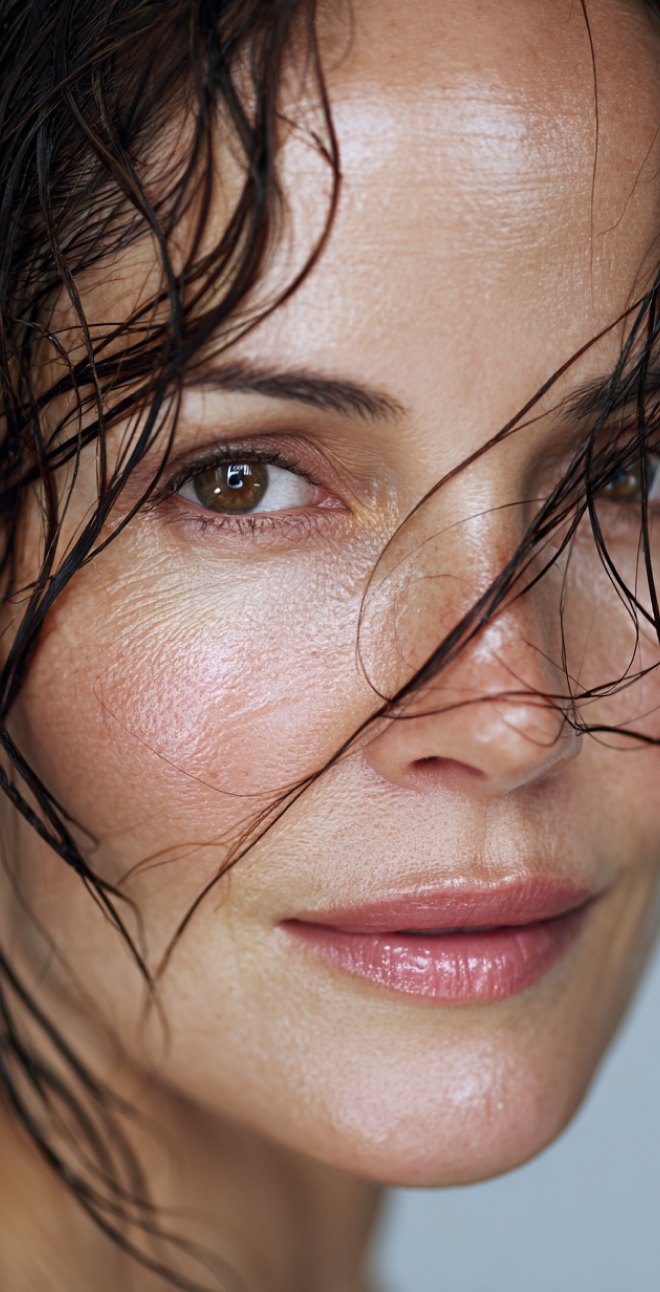


How Long Does It Take to Repair Skin Barrier?
How long does it take to repair skin barrier? The skin barrier is a critical component of our body’s largest organ, playing a vital role in protecting against environmental aggressors and maintaining hydration.
When this protective layer becomes compromised due to various factors, such as harsh skincare products, environmental stressors, or underlying health conditions, it can lead to a range of skin concerns, including dryness, irritation, and increased sensitivity.
Understanding the skin barrier and the factors that influence its repair time is essential for maintaining healthy, resilient skin. Recognizing the signs of a compromised skin barrier, such as persistent dryness or increased sensitivity, is key to maintaining healthy skin. Addressing these issues early on can make a significant difference in your skincare routine.
This article will explore the factors affecting skin barrier recovery, outline the stages of healing, and provide actionable tips to speed up regeneration and bolster skin protection.
Key Article Findings
- The skin barrier is essential for protecting against environmental damage and maintaining hydration.
- Repairing a damaged skin barrier can take anywhere from a few days to several weeks, depending on the severity of the damage.
- Factors such as genetics, skin type, and age can influence the skin’s ability to heal and recover.
- Using gentle, nourishing products and avoiding harsh irritants can support the skin barrier’s repair process.
Skin Barrier 101
The skin barrier, also known as the stratum corneum, is the outermost layer of our skin that serves as a protective shield against external aggressors and helps maintain skin hydration. This complex structure consists of lipids, ceramides, and skin cells that work together to keep our skin healthy and resilient.
When the skin barrier is functioning optimally, it prevents transepidermal water loss (TEWL) and defends against environmental stressors, such as pollution, UV radiation, and harsh chemicals. Therefore, understanding how long to repair skin barrier is crucial for maintaining healthy skin.
What Is a Skin Barrier?
The skin barrier is a thin, yet powerful layer that acts as a gatekeeper for our skin. It is composed of corneocytes (dead skin cells) that are held together by a lipid matrix, which includes ceramides, cholesterol, and fatty acids.
This unique composition creates a brick-and-mortar-like structure that prevents moisture loss and keeps irritants out. A healthy skin barrier is essential for maintaining skin hydration, suppleness, and overall skin health.
Factors Affecting Barrier Repair Time
When the skin barrier becomes damaged, it can lead to a host of skin issues, such as dryness, itching, and increased sensitivity. The time it takes for the skin barrier to repair itself depends on several factors, including the severity of the damage and individual differences in skin health. Therefore, understanding how long does it take to restore skin barrier function can help you better care for your skin.
Severity of Damage
The extent and depth of skin barrier damage play a significant role in determining how long to repair skin barrier. Minor disruptions, such as those caused by occasional over-exfoliation or exposure to harsh weather conditions, may resolve within a few days.
However, more severe damage resulting from chronic exposure to irritants, aggressive skincare treatments, or underlying skin conditions may require weeks or even months to fully heal.
Individual Differences
Genetics, skin type, age, and overall health may all influence the skin’s ability to repair itself. Some individuals may have a more resilient skin barrier due to their genetic makeup, while others may be more prone to barrier dysfunction. Those with naturally dry or sensitive skin may experience longer recovery times compared to those with oily or combination skin.
Additionally, as we age, our skin’s natural healing processes slow down, which can prolong barrier repair time. Other factors, such as stress, diet, and certain medical conditions, can also impact the skin’s ability to heal.
How Long Does It Take for Skin Barrier to Repair?
How long does it take for skin barrier to heal? In short, it depends on various factors, such as the severity of the damage, individual skin health, and the steps taken to support the healing process. While minor disruptions may resolve quickly, more severe damage can take weeks or even months to fully heal.
Therefore, understanding not only how long does it take to repair skin barrier, but also the stages of skin barrier repair may help you better support your skin’s natural healing processes.
Immediate Reaction (0-72 Hours)
Immediately after the skin barrier is damaged, the skin’s initial response is to protect itself from further harm. This phase, which typically lasts from 0 to 72 hours, is characterized by inflammation and the onset of the healing process. The skin may appear red, swollen, and feel sensitive to the touch.
During this time, the skin works to remove damaged cells and begins to produce new ones to replace them. It is crucial to be gentle with your skin during this phase and avoid further irritation.
Regeneration Phase (Up to 2 Weeks)
In the days and weeks following the initial damage, the skin enters the regeneration phase. This is when the skin actively works to rebuild the lipid matrix and repair the damaged cells. The skin may still feel dry, tight, or sensitive during this time, but these symptoms should gradually improve as the barrier function is restored.
Depending on the extent of the damage, this phase can last up to two weeks. Supporting your skin with gentle, nourishing products can help facilitate the healing process.
Long-Term Recovery (Beyond 2 Weeks)
For more severe cases of skin barrier damage, the recovery process can extend beyond the first two weeks. This long-term recovery phase involves ongoing processes that work to strengthen the barrier and restore its full functionality.
The skin continues to produce new, healthy cells and rebuild the lipid matrix, which can take several weeks to a few months, depending on the severity of the damage. Consistent use of barrier-supporting skincare products and maintaining healthy lifestyle habits can help promote long-term skin barrier health.
So, how long does it take to restore skin barrier function? The answer varies depending on the individual and the extent of the damage. Minor disruptions may heal within a few days, while more severe damage can take several weeks or months.
General Timeline for Skin Barrier Repair
How long does it take to repair your skin barrier? The timeline for skin barrier repair can vary greatly depending on the severity of the damage:
- For minor irritations or disruptions, such as those caused by trying a new product or occasional over-exfoliation, the skin barrier may recover within a few days to a week with proper care.
- For moderate damage, like that resulting from exposure to harsh environmental factors or prolonged use of irritating products, may take 2 to 4 weeks to fully heal.
- For more significant damage, such as that caused by chronic skin conditions or aggressive treatments, can require several months of consistent care and patience to restore the skin barrier’s optimal function.
Remember, these are general guidelines, and individual experiences may vary. By understanding the factors that influence skin barrier repair time and taking steps to support your skin’s natural healing processes, you can help promote a healthy, resilient skin barrier.
Strategies for Supporting Skin Barrier Repair
Now that we understand how long does it take to repair skin barrier, here are key strategies that may support your skin barrier during the repair process:
- Use gentle, fragrance-free cleansers to avoid further irritation
- Incorporate barrier-supporting ingredients, such as ceramides, fatty acids, niacinamide, and hyaluronic acid
- Avoid harsh exfoliants and minimize the use of active ingredients like retinoids and alpha-hydroxy acids
- Apply a moisturizer to damp skin to lock in hydration
- Protect your skin from environmental stressors, such as UV radiation and pollution, by using sunscreen daily
- Maintain a balanced diet rich in essential fatty acids and antioxidants to support skin health from within
- Manage stress levels and prioritize sleep to promote overall skin health and healing
By implementing these strategies and being patient with the healing process, you can help your skin barrier recover and maintain its protective function.
Conclusion
So, how long does it take to repair the skin barrier? The answer varies based on the severity of the damage, ranging from a few days to several weeks or even months. Factors such as genetics, skin type, and age all influence the healing process. To support your skin’s recovery, using gentle, barrier-supporting products and avoiding harsh irritants is essential. With consistent care and patience, you can help your skin barrier repair effectively, ensuring it remains strong, hydrated, and resilient over time.
To quickly repair your skin barrier, use gentle, fragrance-free products with nourishing ingredients like ceramides and fatty acids. Avoid harsh exfoliants and active ingredients. Protect your skin from environmental stressors, maintain a balanced diet, manage stress, and prioritize sleep for optimal recovery.
Signs your skin barrier is repaired include reduced dryness, itching, and sensitivity, as well as improved skin texture and resilience. Your skin should feel more comfortable, hydrated, and less reactive to external factors when the barrier function is restored.
Yes, the skin barrier can repair itself through its natural healing processes. However, the repair time varies depending on the severity of the damage and individual factors. Supporting your skin with gentle care and a healthy lifestyle can facilitate this process.
This site offers health, wellness, fitness and nutritional information and is designed for educational purposes only. You should not rely on this information as a substitute for, nor does it replace, professional medical advice, diagnosis, or treatment. If you have any concerns or questions about your health, you should always consult with a physician or other health-care professional. Do not disregard, avoid or delay obtaining medical or health related advice from your health-care professional because of something you may have read on this site. The use of any information provided on this site is solely at your own risk.
Nothing stated or posted on this site or available through any services are intended to be, and must not be taken to be, the practice of medical or counseling care. For purposes of this agreement, the practice of medicine and counseling includes, without limitation, psychiatry, psychology, psychotherapy, or providing health care treatment, instructions, diagnosis, prognosis or advice.






